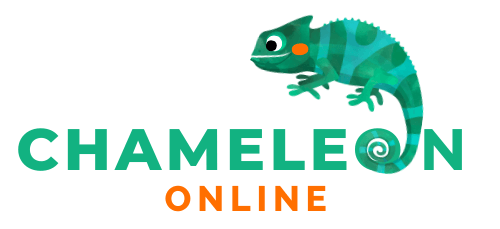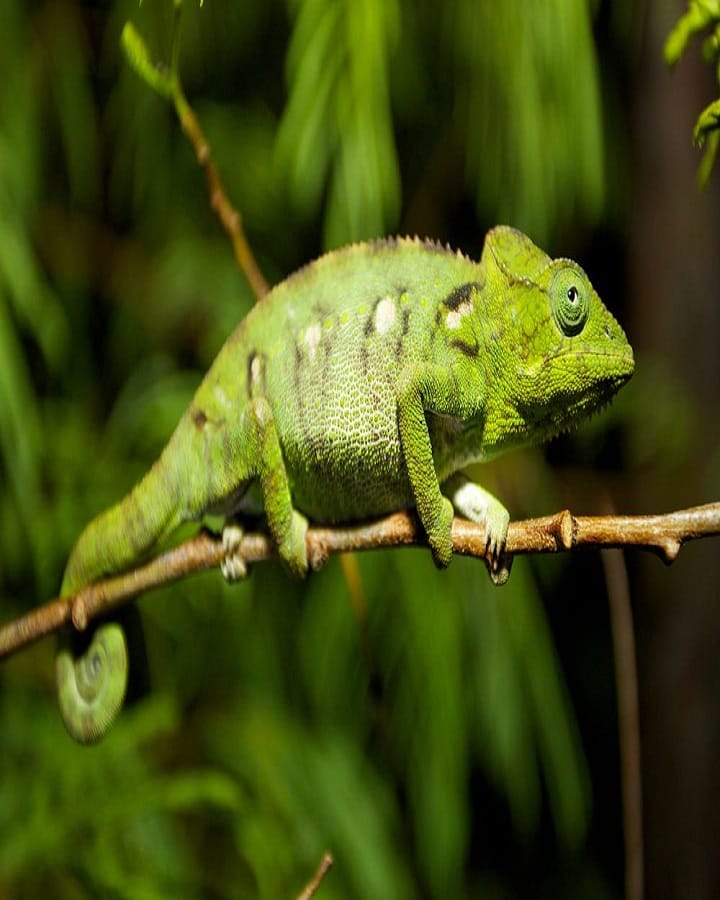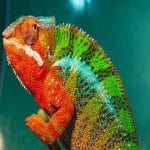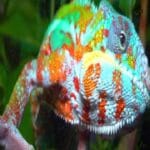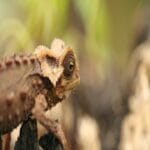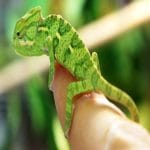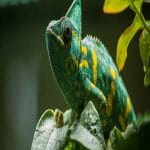
Image Credit – Hema
When we think of chameleons, our minds usually wander to the tropical forests of Africa or Madagascar, but surprisingly, you can also find wild chameleons in Florida. Known for their color-changing abilities and unique appearance, these fascinating reptiles have managed to establish small but stable populations across the Sunshine State. Whether you’re a nature lover, a wildlife enthusiast, or simply curious about exotic species living outside their native habitats, learning about wild chameleons in Florida can be a fascinating adventure.
Wild Chameleons in Florida

The Arrival of Wild Chameleons in Florida
Chameleons are not native to the United States. The presence of wild chameleons in Florida is largely due to the exotic pet trade. Over the years, accidental escapes and intentional releases have allowed these reptiles to adapt to Florida’s subtropical climate. Today, species like the Veiled Chameleon (Chamaeleo calyptratus) and the Jackson’s Chameleon (Trioceros jacksonii) are occasionally spotted in various regions of South and Central Florida.
Florida’s warm temperatures, lush vegetation, and abundance of insects create the perfect environment for chameleons to thrive. While their numbers are not as high as native reptiles like anoles or geckos, their growing populations have sparked interest among researchers and locals alike.
Identifying Wild Chameleons in Florida
Chameleons are easy to distinguish from other lizards due to their remarkable physical features. They have independently moving eyes, which allow them to scan their surroundings in two different directions at once. Their long, sticky tongues can shoot out at lightning speed to catch prey, and of course, they are most famous for their ability to change colors.
In Florida, wild chameleons often exhibit shades of green, brown, or yellow depending on their mood, environment, and temperature. If you’re lucky enough to spot one in the wild, you might even see them display brighter hues during social interactions or when threatened.
Habitat and Behavior
Wild chameleons in Florida prefer wooded areas, suburban backyards, and places with plenty of vegetation. They are arboreal creatures, meaning they spend most of their lives in trees. Their zygodactylous feet (two toes facing forward and two facing backward) and prehensile tails give them excellent climbing abilities.
Being solitary reptiles, chameleons usually avoid one another except during mating. Their primary diet consists of insects like crickets, flies, and grasshoppers, making them beneficial for pest control. However, they can also be territorial and may become stressed if too many are found in one area.
Ecological Concerns
While wild chameleons in Florida may seem like an exciting addition to local wildlife, there are ecological concerns to consider. Non-native species often compete with native reptiles for food and resources. If their populations grow unchecked, they could disrupt Florida’s delicate ecosystem.
Florida’s Fish and Wildlife Conservation Commission (FWC) has not classified chameleons as a major threat yet, but researchers continue to monitor their spread. Responsible pet ownership plays a crucial role in preventing further releases of exotic reptiles into the wild.
The presence of wild chameleons in Florida highlights the fascinating ways in which animals adapt to new environments. From their striking appearance to their unusual behaviors, these reptiles capture the imagination of anyone lucky enough to spot them. However, their existence also reminds us of the importance of protecting native ecosystems and practicing responsible wildlife management.
Have you ever spotted wild chameleons in Florida? Share your experience with us in the comments below—we’d love to hear your story!
Frequently Asked Questions
Are there wild chameleons in Florida?
Yes, small populations of wild chameleons, such as Veiled and Jackson’s chameleons, exist in Florida due to escapes or releases from the pet trade.
Where can you find wild chameleons in Florida?
They are often found in South and Central Florida, especially in wooded areas, suburban gardens, and regions with dense vegetation.
Do wild chameleons in Florida pose a threat to the ecosystem?
Currently, they are not considered a major ecological threat, but like other non-native species, they can compete with native reptiles for food and resources.
